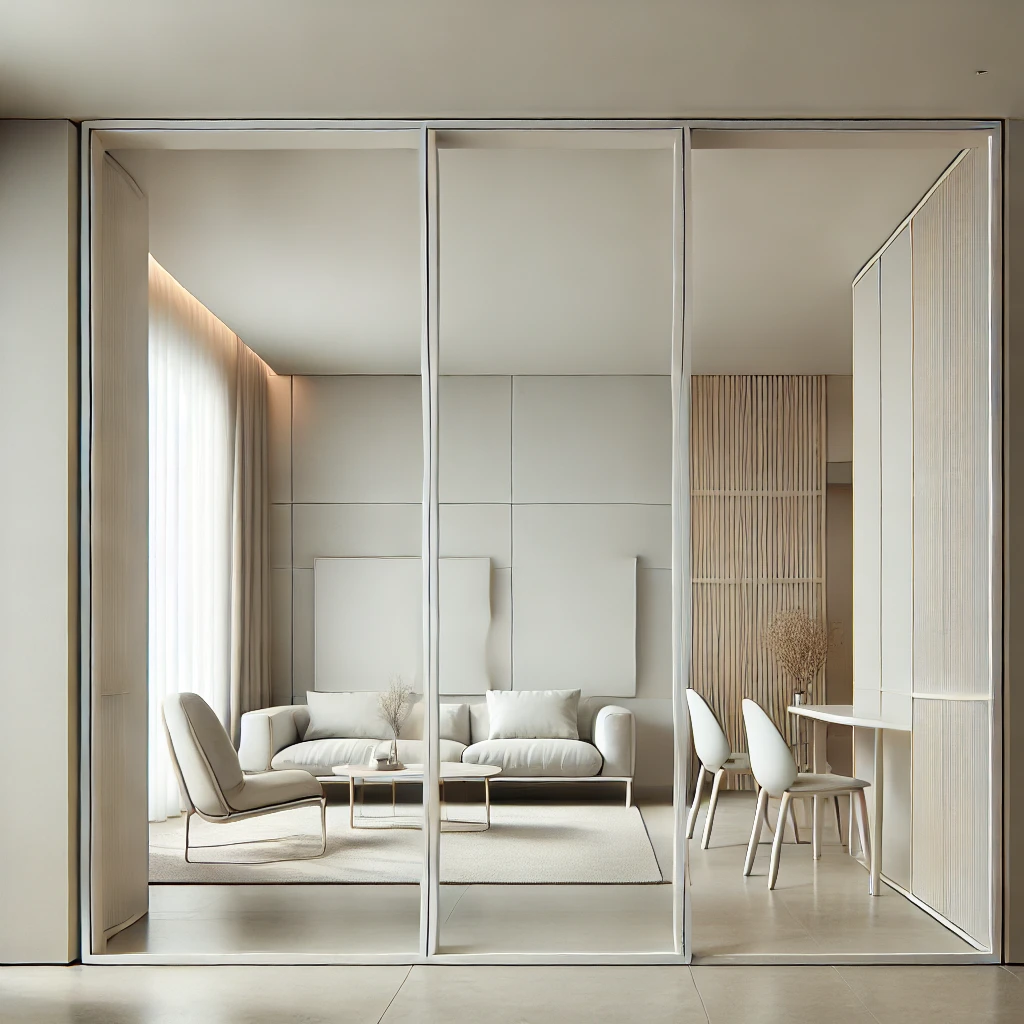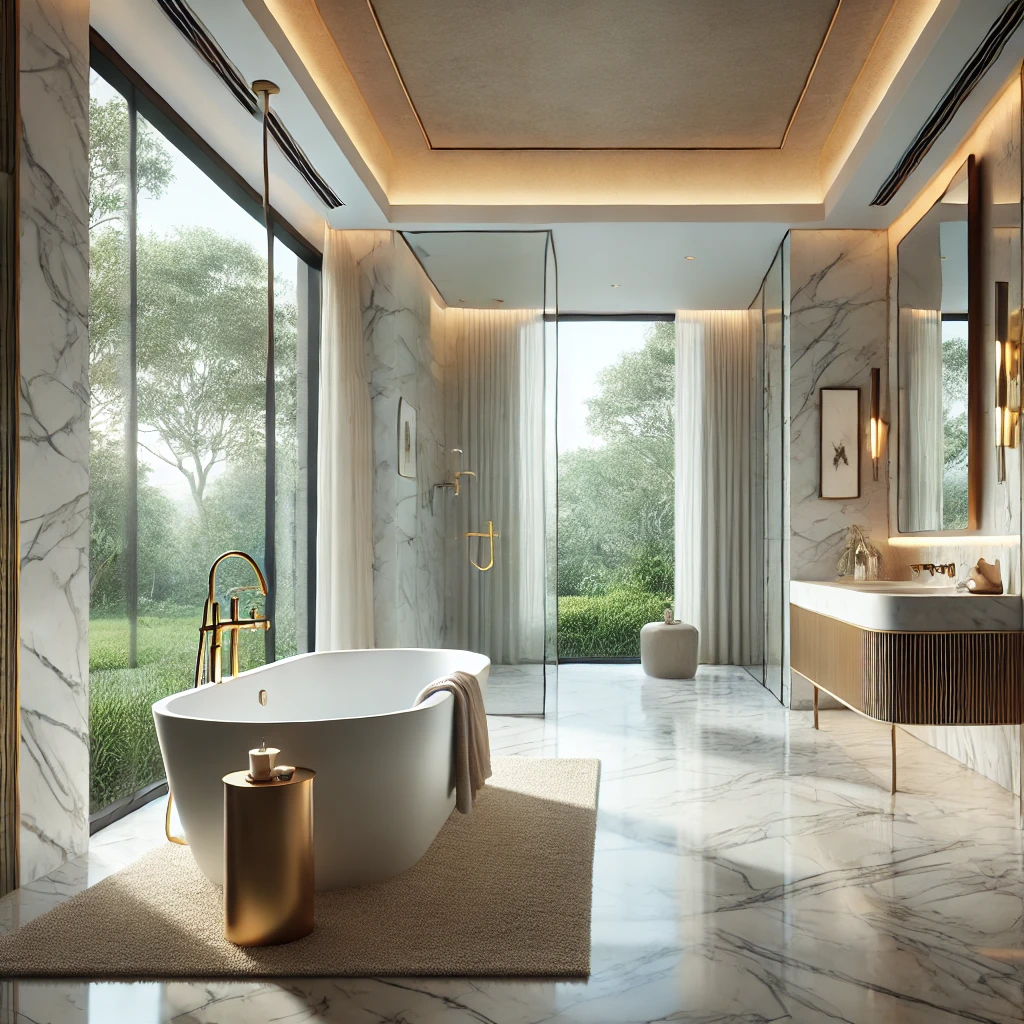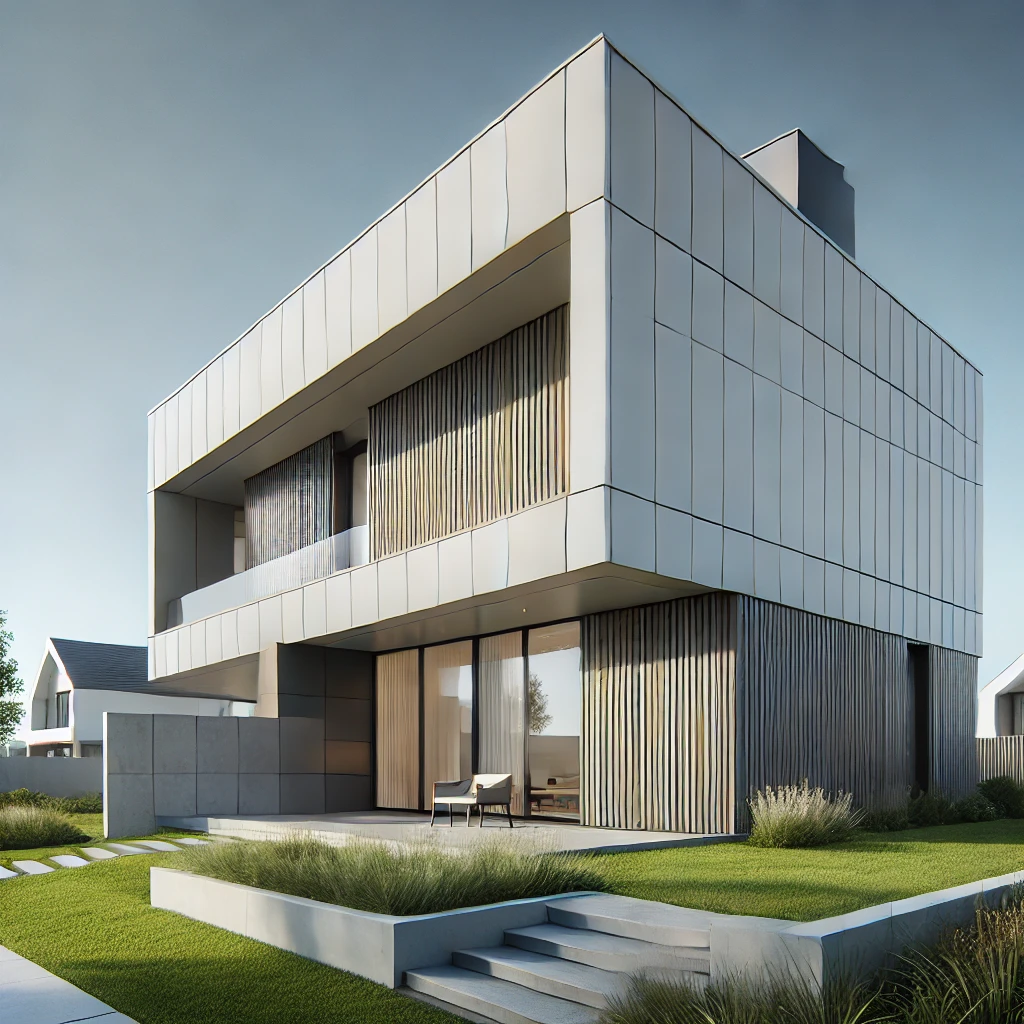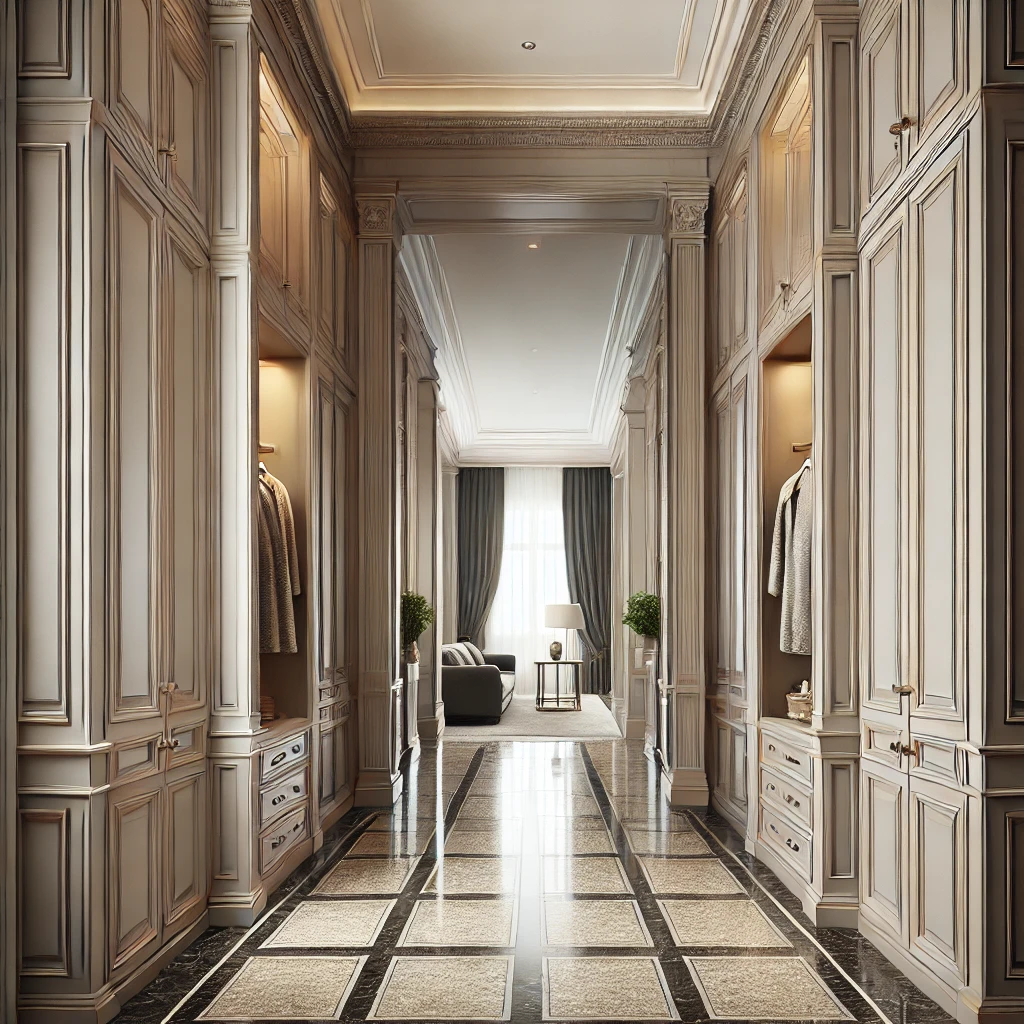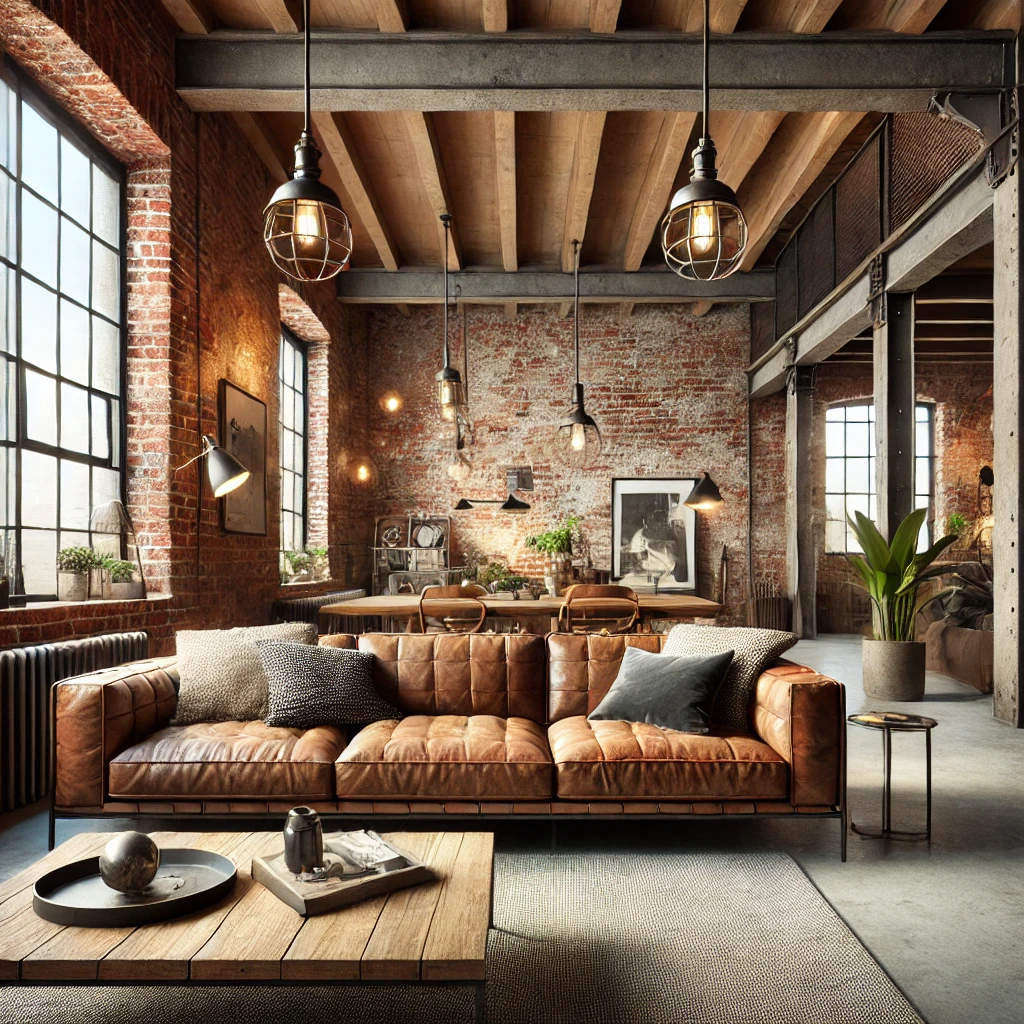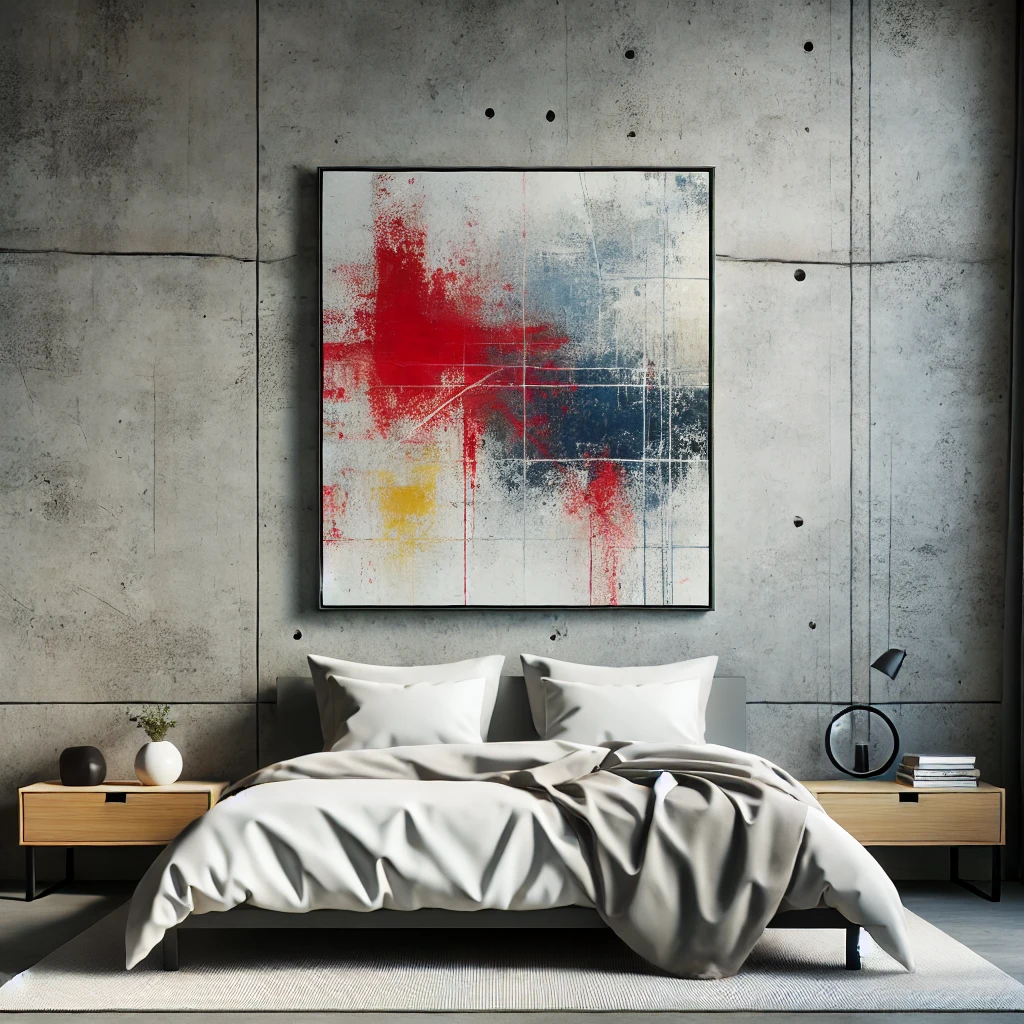When renovating a home, adding or modifying interior partitions is a common way to enhance the layout and functionality of the space. Whether you’re expanding a hallway, combining the kitchen and living room, or creating a new dressing room, choosing the right material for your partitions is crucial. While the cost differences between materials might seem minor at first glance, considering their structural properties and installation requirements can save you money and ensure a more durable result.
Frame Construction: A Practical and Affordable Option
For those looking to section off a room or create a small space like a wardrobe or home office, frame construction with drywall or gypsum-fiber sheets is a quick, clean, and cost-effective solution. These partitions are built on top of existing flooring, avoiding the need to tear up floors or disrupt the structure beneath. Inside the frame, you can easily run electrical wiring, and soundproofing can be added using mineral wool, depending on the needs of the rooms involved.
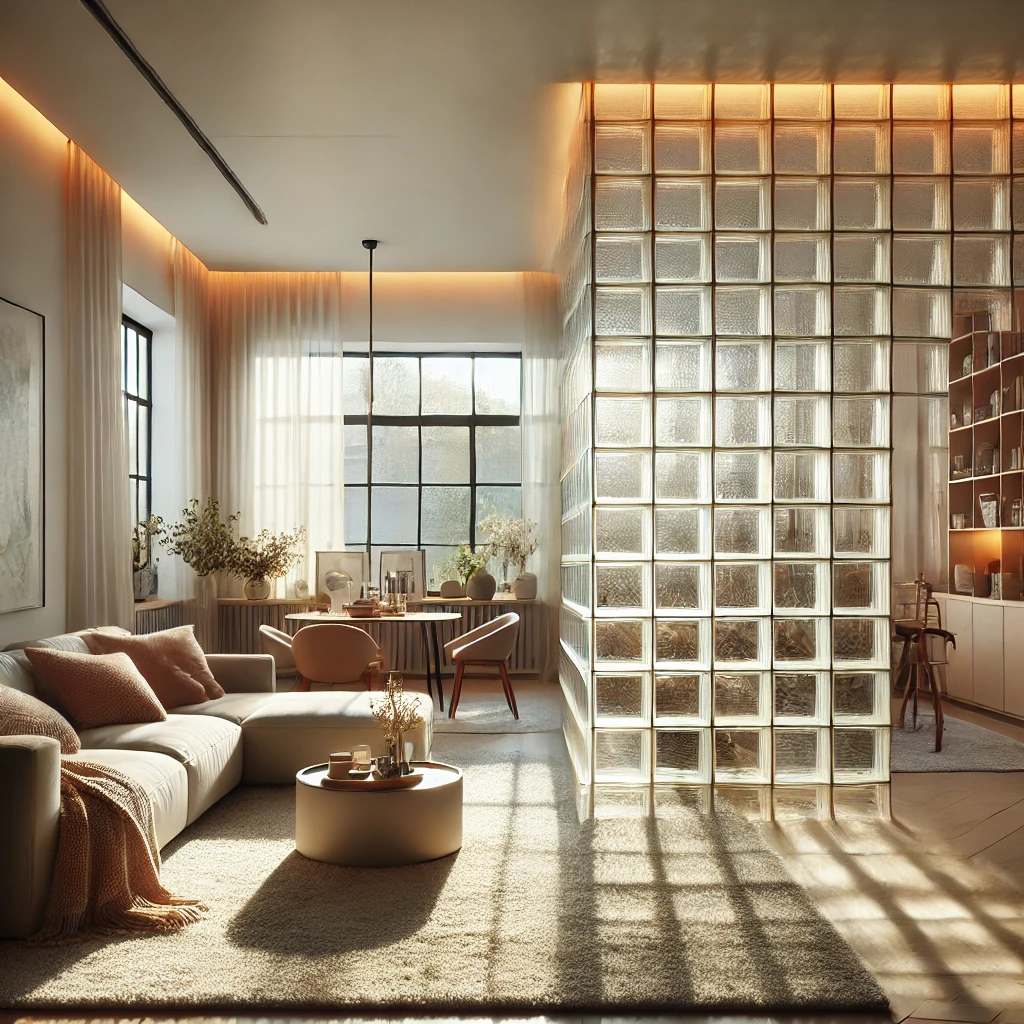
Brick and Block Partitions: Durable but Demanding
Brick or block partitions are a more robust option, but they require more intensive construction. These partitions must be anchored to the structural slab and reinforced with steel rods where they meet load-bearing walls. While these materials offer long-lasting durability, they also involve additional work, such as removing and replacing flooring layers to ensure stability.
Glass Partitions: Light and Versatile
Glass partitions are a stylish and modern choice, especially for spaces where you want to maintain an open feel while adding a sense of separation. Glass panels can vary in transparency, allowing for privacy while still letting light pass through. However, keep in mind that glass partitions may not provide adequate sound insulation for all settings.
Using Glass Blocks for Natural Light and Sound Insulation
If your goal is to introduce natural light into a room without sacrificing privacy, consider using glass blocks. These blocks offer good sound insulation, comparable to that of traditional building blocks, and are a great way to brighten up darker spaces. Unlike other masonry partitions, glass block walls can be installed over the existing floor screed, making them a practical choice for many renovations.
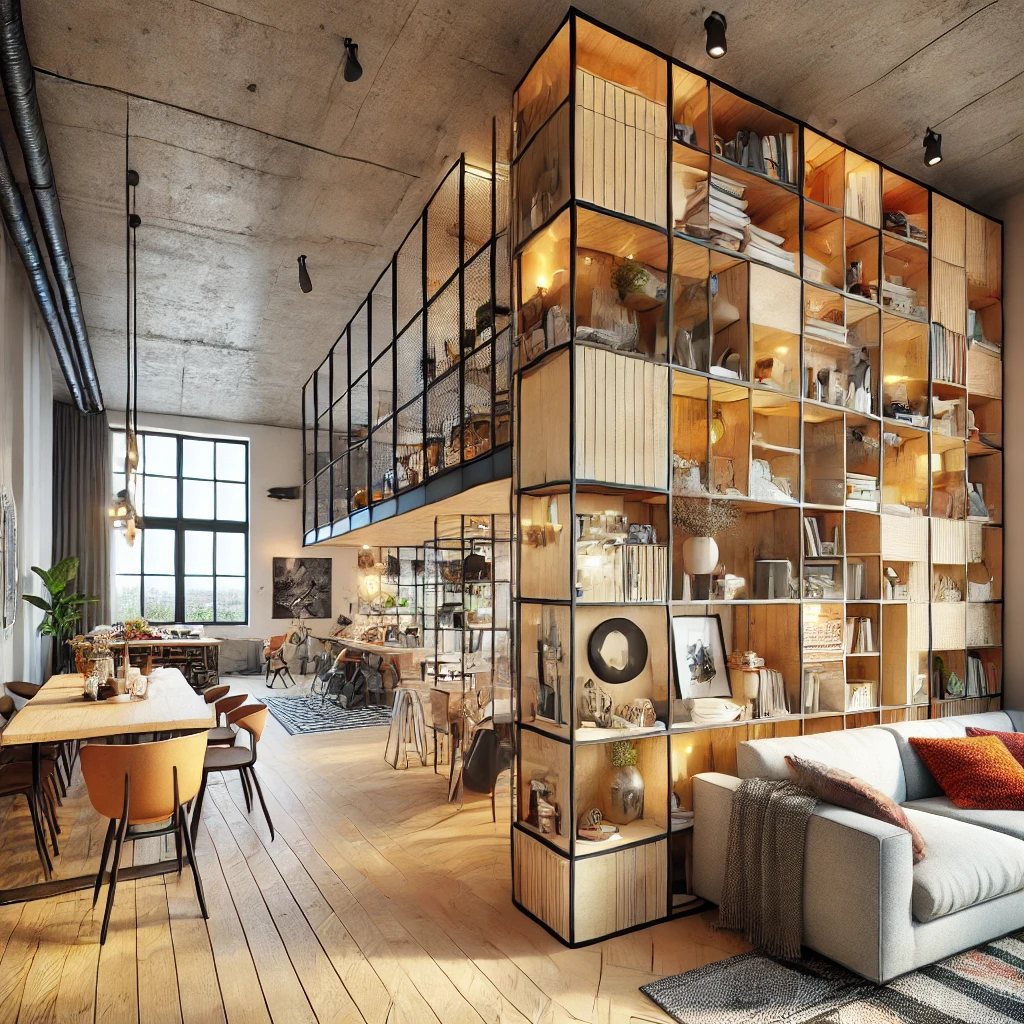
Gypsum Board vs. Gypsum Fiber Board: Which is Better?
When building frame partitions, you’ll need to decide between drywall (gypsum board) and gypsum fiberboard. Drywall is a common choice for its ease of use and smooth finish, making it ideal for living spaces. Moisture-resistant drywall is also available for use in bathrooms and kitchens. However, drywall’s relative fragility means it may not support heavy fixtures without additional reinforcement.
Gypsum Fiberboard: A Stronger Alternative
Gypsum fiberboard, reinforced with cellulose fibers, offers greater strength and durability than traditional drywall. It’s more resistant to impact and can support heavier loads, making it a better choice for areas where durability is a concern. However, it does have some limitations, such as being less suitable for creating curved walls.
Partial Replacement: When to Keep and When to Remove Old Partitions
During renovations, it’s common to remove old non-load-bearing walls to make way for new layouts. However, completely replacing all partitions can be costly and unnecessary. If existing walls are in good condition and suit your new design, consider leaving them in place. For new partitions, frame construction can be an efficient and cost-effective alternative to masonry, especially in buildings with concrete or wood floors that limit the load-bearing capacity.
Permits and Regulations: What You Need to Know
Before making any structural changes, especially if they involve load-bearing walls, you’ll need to consult with a building professional and obtain the necessary permits. If your renovation plans are less extensive, such as moving internal partitions or updating finishes, you may only need a basic sketch approved by your local building authority. Be sure to check local regulations to avoid any legal issues down the road.
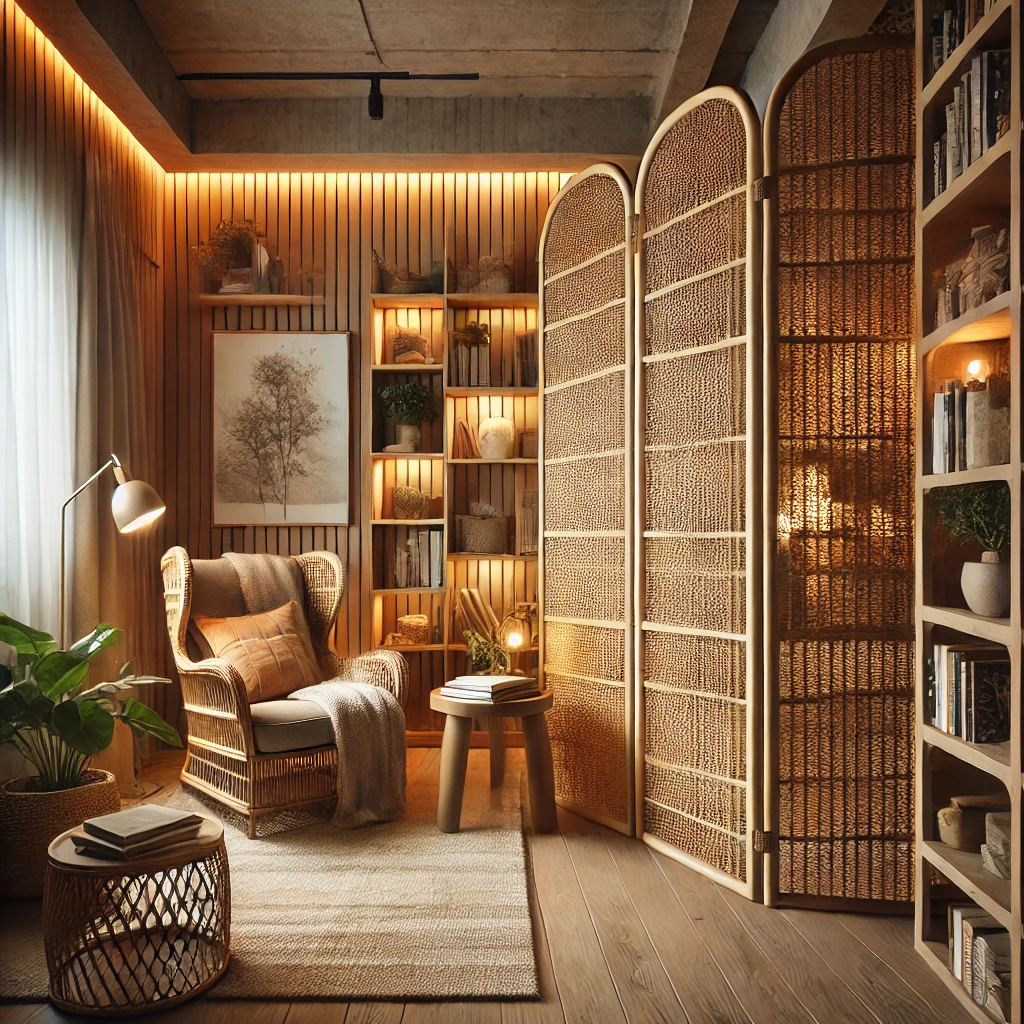
Final Thoughts: Choosing the Right Material for Your Needs
When deciding on the material for your new partitions, consider the specific needs of your space. Masonry walls offer strength and longevity, while frame constructions are quicker and more versatile. Glass partitions and glass blocks add light and modernity but may require additional considerations for privacy and soundproofing. Ultimately, the best choice depends on your budget, design goals, and the structural limitations of your home.
At ZUBRA COLORS, we offer a wide range of high-quality materials and finishes for all your renovation needs. Whether you’re building new partitions or updating existing ones, our team is here to help you find the perfect solution. Contact us on WhatsApp for a free consultation and learn more about how we can assist you with your next project. We ship worldwide!
Innovative Partition Ideas: Beyond Traditional Walls
If you’re looking to add character and style to your interior, consider using unconventional materials for your partitions. Decorative elements like open shelving units, sliding doors, or even heavy curtains can serve as functional dividers while adding a unique touch to your space. These options are especially useful in open-plan layouts where full walls might feel too restrictive.
Open Shelving as a Partition
Open shelving units are a practical and stylish way to divide a room without completely closing off the space. They offer storage and display opportunities while allowing light and air to flow freely between areas. This type of partition is ideal for small apartments or lofts, where maintaining a sense of openness is key.
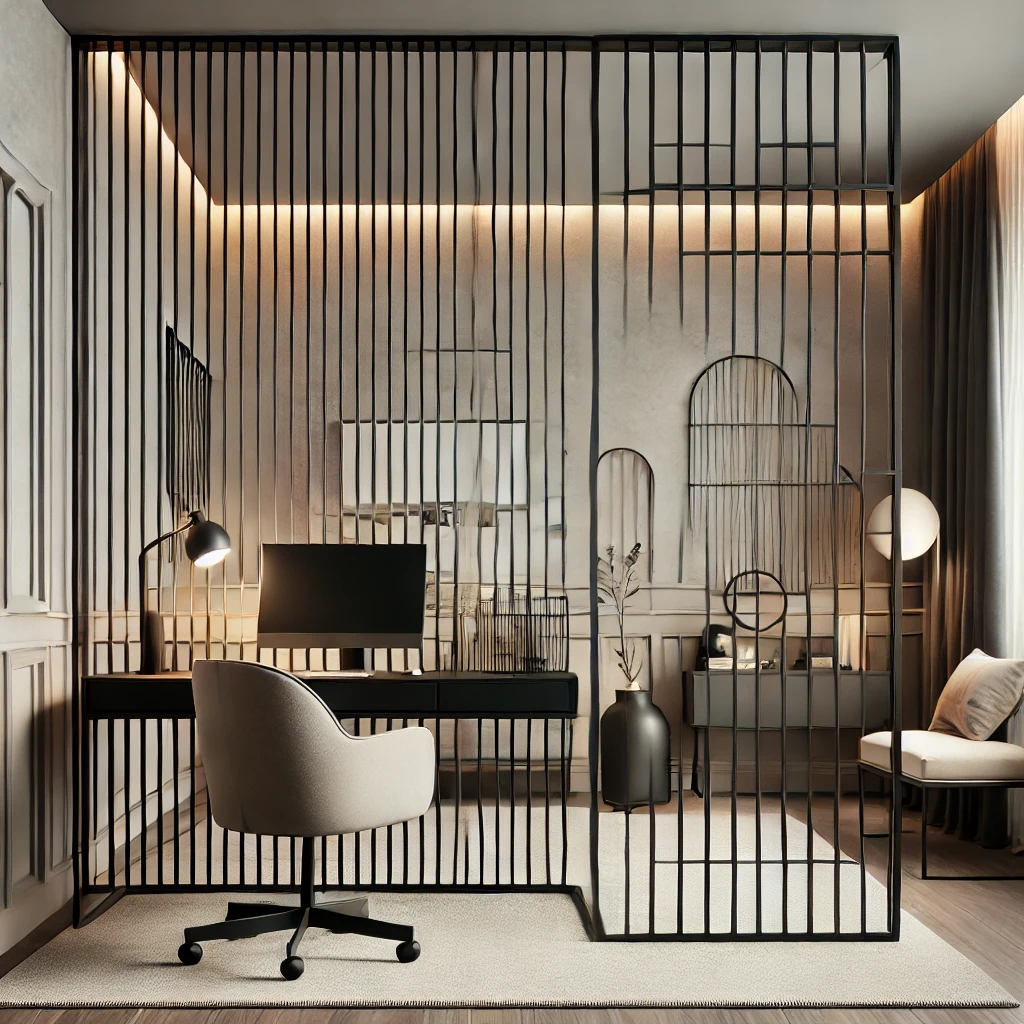
Sliding Doors for Flexibility
Sliding doors, whether made of glass, wood, or metal, provide a flexible solution for partitioning rooms. They can be opened to create a large, unified space or closed to provide privacy when needed. Sliding doors are particularly effective in spaces like home offices or bedrooms, where you might want to adjust the layout depending on the time of day or activity.
Heavy Curtains for a Soft Touch
For a more temporary solution, consider using heavy curtains as partitions. Curtains are easy to install and can be drawn to create a cozy, intimate space or opened to let the room breathe. They are available in various fabrics and colors, allowing you to customize the look to match your decor. This option is perfect for renters or those who want to experiment with different room layouts without committing to permanent changes.
Decorative Partition Materials: Enhancing Style and Function
When selecting materials for decorative partitions, consider how they will interact with the rest of your interior. Textured materials like woven screens, metal grilles, or even living plant walls can add visual interest while serving as functional dividers. These options not only separate spaces but also contribute to the overall aesthetic of your home.
Woven Screens for a Natural Look
Woven screens made from materials like rattan or bamboo bring a natural, organic feel to a room. These screens are lightweight and easy to move, making them ideal for flexible living spaces. They also allow light to filter through, creating a warm, inviting atmosphere.
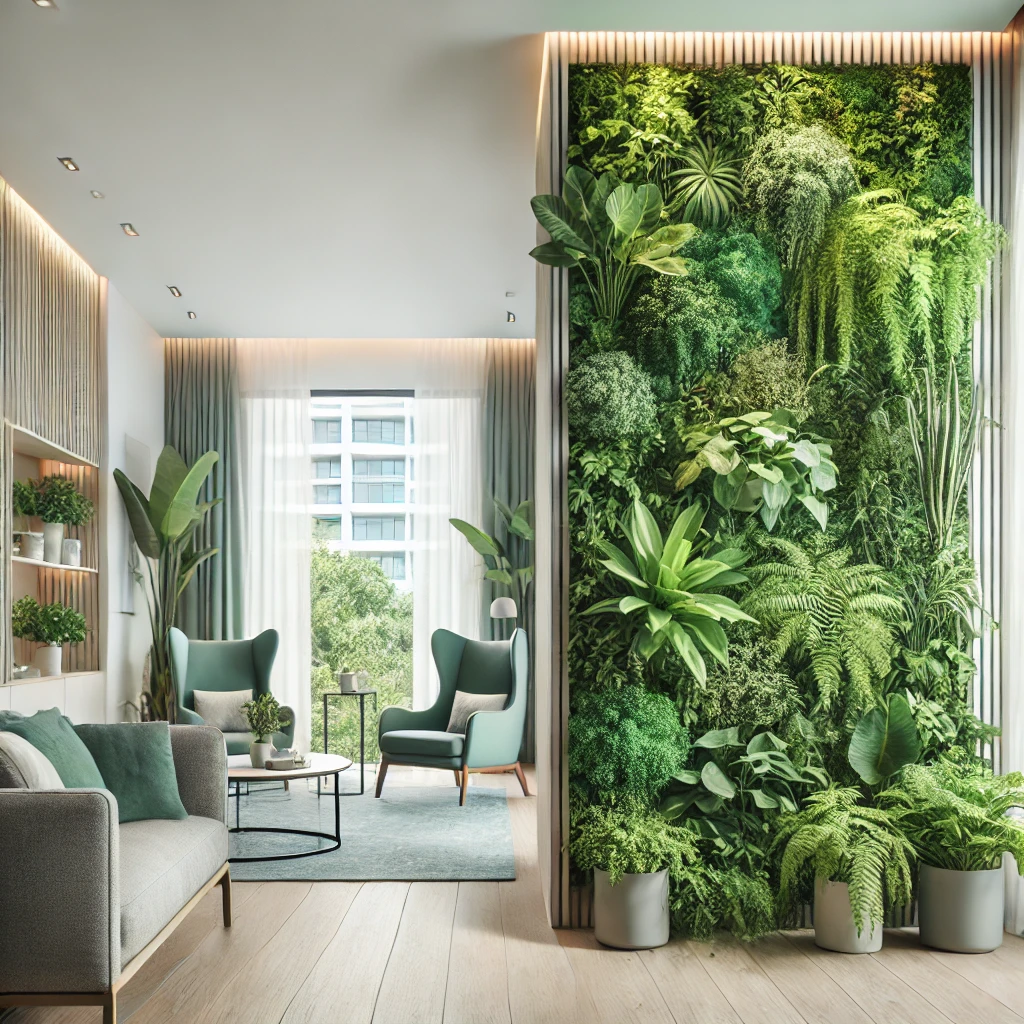
Metal Grilles for an Industrial Edge
Metal grilles or perforated panels offer a modern, industrial look that can add a striking contrast to softer, more traditional interiors. These partitions are durable and can be customized with different patterns or finishes to suit your design preferences. They are particularly well-suited to contemporary homes or commercial spaces looking for a unique architectural feature.
Living Plant Walls for a Breath of Fresh Air
Living plant walls are a growing trend in interior design, providing a stunning, eco-friendly way to partition spaces. These walls not only divide a room but also improve air quality and add a vibrant, natural element to your decor. Plant walls can be created using a variety of species, from ferns and succulents to flowering plants, depending on the light and moisture conditions of your space.
Soundproofing Considerations for Partitions
When installing partitions, especially in shared spaces or multi-story homes, soundproofing is an important consideration. Materials like gypsum fiberboard or glass blocks offer some sound insulation, but additional measures might be needed depending on your specific needs. Incorporating sound-absorbing materials such as acoustic panels, dense insulation, or heavy curtains can help reduce noise transmission and create a quieter, more comfortable environment.
Consulting a Professional for Custom Solutions
If you’re unsure which partition material is right for your project, consulting with a professional can provide valuable insights. An interior designer or architect can help you assess your space, budget, and design goals to recommend the best materials and solutions. They can also guide you through the installation process, ensuring that your partitions are not only stylish but also structurally sound and compliant with local building codes.
Ready to enhance your living space with the perfect partition solution? Contact ZUBRA COLORS on WhatsApp for a free consultation, and let our experts help you bring your vision to life. From selecting materials to providing custom finishes, we’re here to support you every step of the way. We ship worldwide, so no matter where you are, ZUBRA COLORS can help you achieve your dream interior.
Transform your home with ZUBRA COLORS—where style meets function in every detail.
